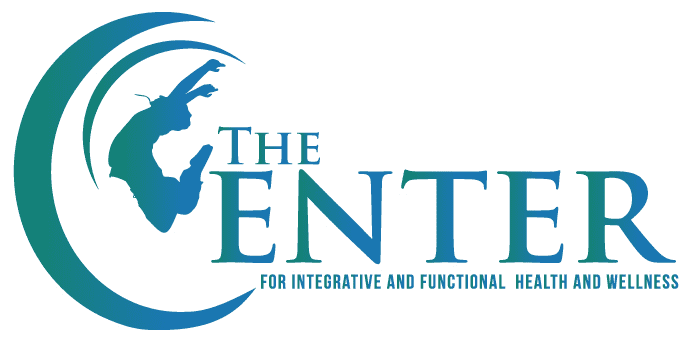Click HERE To Buy Nolvadex Online ↓
 **nolvadex Vs. Other Serms: a Comparative Analysis**
**nolvadex Vs. Other Serms: a Comparative Analysis**
Nolvadex: Mechanism and Unique Selling Points
Nolvadex, or tamoxifen, operates by blocking estrogen receptors in breast tissue, a mechanism critical for its role in breast cancer treatment. Its selective ability to inhibit estrogen binding makes it a cornerstone in both early and advanced-stage breast cancer therapies. Unlike some other SERMs, Nolvadex uniquely targets estrogen receptors while sparing other tissues, which reduces the risk of widespread side effects.
Its standout feature is its dual-action mechanism; besides acting as an estrogen inhibitor, it also exhibits estrogen-like effects on bones and lipid profiles. This dual functionality is especially beneficial for post-menopausal women, providing a protective advantage to bone density and cardiovascular health.
Moreover, Nolvadex has been a trusted and well-researched option for decades, with an extensive track record of efficacy and safety. Its comprehensive clinical data supports its use not just in treatment but also in the prevention of breast cancer in high-risk populations. This robust background makes it an attractive option for healthcare providers looking for a proven and reliable SERM.
```html
| Feature | Nolvadex | Other SERMs |
|---|---|---|
| Mechanism | Selective Estrogen Receptor Modulator | Varied |
| Target | Estrogen receptors in breast tissue | Various tissues |
| Dual Functionality | Yes | Some |
| Track Record | Extensive | Varied |
Comparing Efficacy: How Nolvadex Stacks up

When it comes to efficacy, Nolvadex (Tamoxifen) stands as a formidable option among Selective Estrogen Receptor Modulators (SERMs). In clinical trials, Nolvadex has shown superior performance in reducing the risk of breast cancer recurrence when compared to other SERMs like Raloxifene and Toremifene. Its ability to bind to estrogen receptors and prevent estrogen from stimulating breast cancer cell growth sets it apart as a potent therapeutic agent.
Additionally, Nolvadex's track record in long-term studies highlights its reliability. Many patients have reported sustained benefits over extended periods, making it a preferred choice in both adjuvant and metastatic settings. This robust efficacy is a key factor that bolsters Nolvadex's reputation in the oncology community.
Side Effects: Nolvadex Versus Other Serms
Nolvadex, known widely for its effectiveness in treating breast cancer, has a distinct profile when it comes to side effects compared to other Selective Estrogen Receptor Modulators (SERMs). While Nolvadex is less likely to cause hot flashes and blood clots than some alternatives like Raloxifene, patients often report other issues such as nausea, weight gain, and menstrual irregularities.
On the other hand, Clomid, another SERM, tends to provoke visual disturbances and ovarian hyperstimulation, which Nolvadex typically does not. Understanding these variances in side effects can be crucial in clinical decision-making, as individual patient tolerance and response can greatly differ. Thus, careful consideration of these side effects ensures a more tailored therapeutic approach.
Cost Analysis: Nolvadex and Competing Drugs

When examining the cost of Nolvadex versus other Selective Estrogen Receptor Modulators (SERMs), it's essential to delve into both prescription prices and long-term economic impacts. Nolvadex often stands out due to its established efficacy, potentially leading to fewer complications and reduced need for additional treatments. This can mean significant savings over time for patients. Comparatively, while other SERMs may have lower initial costs, they can result in more frequent doctor visits and supplementary medications, which may raise the overall expense. Patients should weigh these factors alongside direct costs to make a well-informed decision.
Patient Experiences: Nolvadex Compared to Rivals
Patients' experiences with Nolvadex generally highlight its effectiveness in treating conditions like breast cancer, as well as its role in post-cycle therapy for bodybuilders. Users often note fewer side effects compared to other SERMs, which adds to its appeal. However, some patients report experiencing hot flashes and mild nausea, albeit less frequently than with drugs like Clomid or Raloxifene. Below is a comparative analysis of user-reported experiences:
| SERM | Common Experiences | Reported Side Effects |
|---|---|---|
| Nolvadex | Effective for breast cancer, used in post-cycle therapy | Hot flashes, mild nausea |
| Clomid | Effective for infertility, used in post-cycle therapy | Severe mood swings, vision issues |
| Raloxifene | Preventive for osteoporosis, used for breast cancer | Leg cramps, blood clots |
In summary, while Nolvadex is often praised for its better side effect profile, individual experiences can vary. Some users prefer Nolvadex for its balanced efficacy and lesser side effects, while others might opt for alternative SERMs based on specific health needs or physician recommendations.
Future Trends: Nolvadex in Emerging Treatments
As medical science progresses, Nolvadex is being positioned at the forefront of emerging treatments for hormone-responsive conditions. It is uniquely equipped to provide targeted therapy, especially in the treatment of breast cancer and other estrogen-receptor-positive cancers. These advancements are paving the way for its application beyond traditional uses, potentially making it a cornerstone in both preventative and therapeutic settings.
Moreover, researchers are examining Nolvadex's efficacy in combination therapies, exploring its synergistic potential with newer drugs. With ongoing trials and innovations, the landscape for Nolvadex is evolving rapidly, promising more effective, personalized treatment plans that maximize patient outcomes while minimizing adverse effects. This positions Nolvadex as a pivotal player in future medical strategies.
